We have much more to do and your continued support is needed now more than ever.
A Place For Pollinators: Bees and Butterflies call National Monuments Home
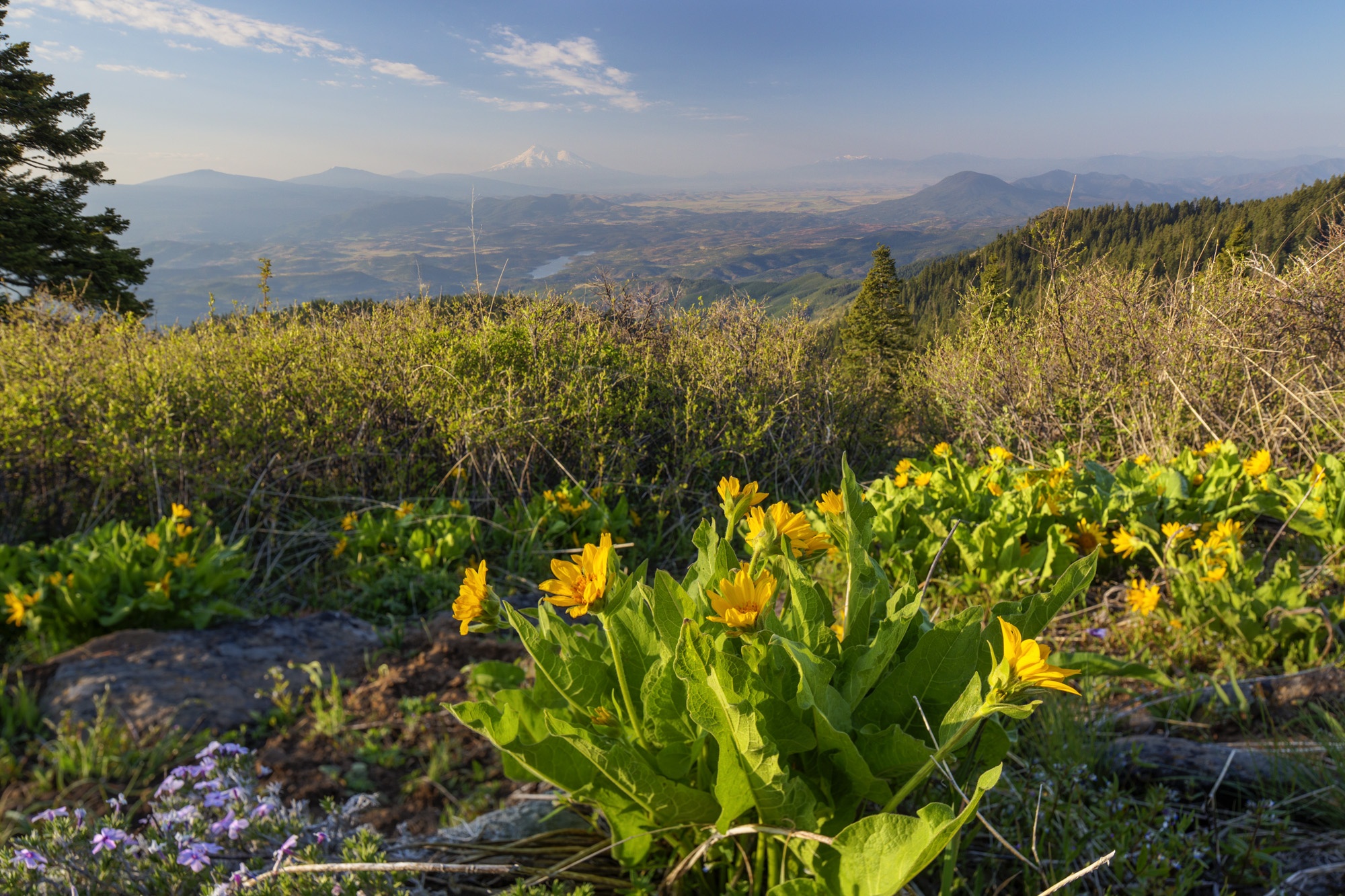
News coverage about protecting butterflies, domesticated honeybees and our native bees often focuses on agricultural lands and the use of pesticides. But tens of thousands of acres of wild public lands provide habitat for an amazing array of our native pollinator species! See why keeping safeguards in place for the mountains, canyons, grasslands, alpine meadows and the waters that make up just two of our wild national monuments is of paramount importance for lovers of native bees and butterflies.
A Bounty of Bees at Grand Staircase-Escalante National Monument
The Grand Staircase-Escalante National Monument contains one of the most diverse ranges of near-complete ecosystems on our public lands. Over 1.9 million acres stretch from the Escalate Canyons, across the Kaiparowits plateau and up the Grand Staircase to nurture over 300 species of amphibians, birds, mammals, and reptiles. The lands not only protect Western species like bighorn sheep, elk, mule deer, but also the flora that nurture an array of native pollinators.
In fact, since its designation in 1996, Grand Staircase has come to be known as the “Science Monument,” a title bestowed in honor of the emphasis on research provided in the enabling proclamation, and the incredible scientific finds it has yielded. These finds include tens of thousands of fossils and more than 20 new species of dinosaurs. But what’s not as widely discussed are the unique pollinators that call Grand Staircase home.
In recognition of the Bureau of Land Management designation that specifically recognized the special historic and scientific value of the landscape, the Agricultural Research Service arm of the United States Department of Agriculture (USDA) authorized a four-year study to examine the bee populations of the national monument. The study found over 650 unique bee species from 54 genre of native bees, three of which were new to the state of Utah!
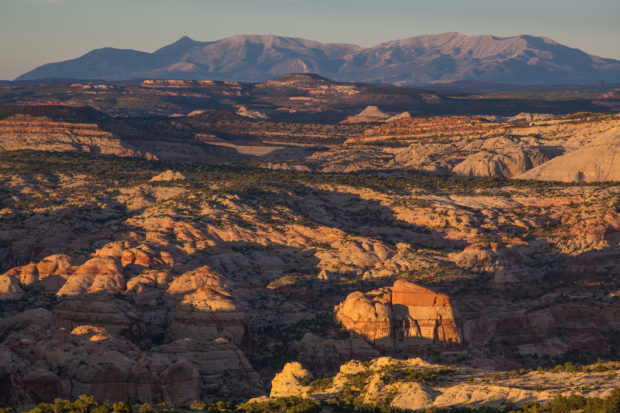
Anthophora pueblo
Dr. Michael Orr, a researcher from Utah State University, formally discovered the Anthophora pueblo bee among the sandstone of the national monument in 2015. Inspired by the utilization of sandstone by ancestral Puebloans, Orr named the tiny bee after its use of sandstone nests. The species build their sandstone habitats near water and use water to craft their homes on high ground.
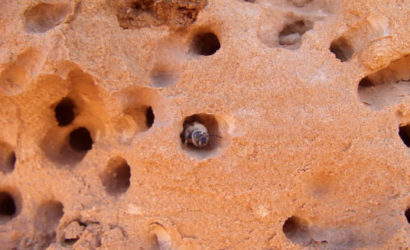
Biodiverse Bliss for the Butterflies of the Cascade-Siskiyou National Monument
The Cascade-Siskiyou National Monument lies at the crossroads of the Cascade, Klamath, and Siskiyou mountain ranges in Oregon. The converging ranges foster magnificent diversity in a landscape packed with geological, aquatic, biological, and historic objects. The Siskiyou Institute notes that the Klamath-Siskiyous is the most biodiverse region in North America, and was the first area of public land designated in recognition of an area’s biodiversity.
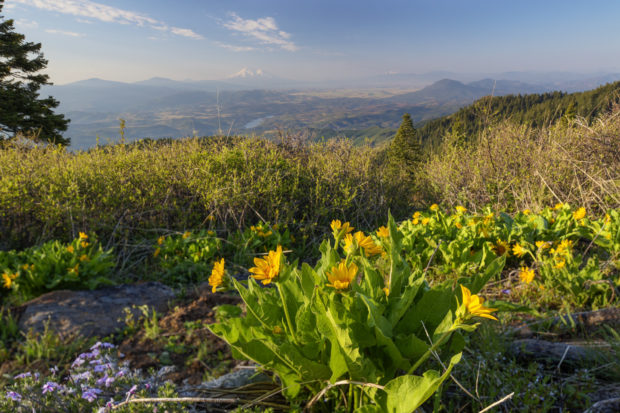
Polites mardron
Butterflies are key indicators of an area’s plant diversity – and the remarkable range of butterflies in the Cascade-Siskiyou reflects the land’s remarkable variety. More than 130 species of butterflies (approximately 135, according to a BLM brochure from 2014) fly over the fields of the national monument, including the Mardon skipper.
The small, brownish-orange butterfly has a stout, hairy body with wings adorned with a pattern of light spots. The Mardon skipper flies over the low-elevation grasslands and meadows in the alpine areas of the Cascades. Mardon skippers are poor fliers and spend most of their life cycle in just one area. The Cascade-Siskiyou’s national monument designation protects the vulnerable habitats of the picky pollinator.
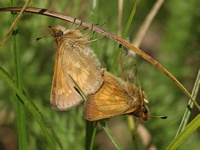
At the National Wildlife Federation, it’s not a secret that we have a passion for native pollinators. Through the National Pollinator Garden Network federal agencies of the Department of Interior and USDA participate in the Million Pollinator Garden Challenge to educate the public about pollinator habitat, like the homes of many species like the Anthophora pueblo and Mardon skipper. The native bees and butterflies of the Grand Staircase-Escalante and the Cascade-Siskiyou national monuments are an inspiration to learn more how you can protect these public lands and create habitat where you live, work, play, learn and worship.





















